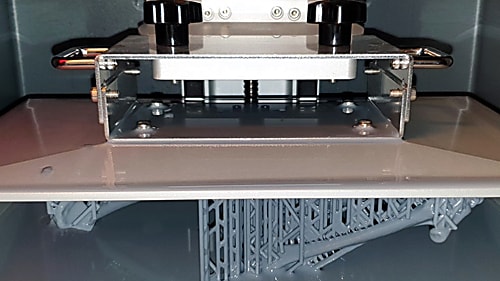New Partnership between LimesVet and WIMBA
A new partnership between LimesVet and the Polish company WIMBA offers innovative and personalized solutions for animal rehabilitation and recovery.
What are the most frequent neurological problems in small animals?
The most common neurological problems should be divided into two groups: disorders affecting the peripheral and the central nervous system. The latter category also comprises two main fields: the brain and the spinal cord. The most common problem connected to the spinal cord is spinal disc herniation and it is epilepsy related to the brain. In the case of the latter disease, it might happen that there is some structural change in the brain and the dog or cat has a seizure because of this. But epilepsy can also be idiopathic, so we don't know the exact cause (presumably it is due to the improper functioning of the nerve cells). Problems affecting the peripheral nervous system occur much rarer. To give you an example, polyradiculoneuritis begins with the paralysis of the hind limbs and in some days similar symptoms can be seen on the front legs.
As an owner, when should I start to suspect that there may be neurological causes behind my pet's problems?
If its behaviour changes, or you experience abnormal movement activities, such as twitching of various muscle areas, lameness or limb weakness (the front or hind legs, maybe all four legs are weak, your pet can't stand up or in extreme cases, it pulls its hind legs), etc. It is also possible that the animal is disoriented, as if it doesn't know where it is.
I know that technological developments and their integration into practice can bring a major breakthrough in treating neurological problems in human medicine. What innovations support your work in veterinary medicine?
We have made tremendous progress in diagnostics over the course of the past 100 years. The advent of X-ray, CT, and MRI, as well as related software developments, support us in getting a more accurate picture of abnormalities. These innovations contributed to the advance of neurology to a great extent. For instance, in the field of therapy, microscopes enable us to get a better view of the area to be operated. It is worth mentioning that during the truly special stereotaxic surgeries some software connects the MRI image to a microscope, so the surgeon’s actions can be followed through the microscope. However, it is still a very rare and incredibly expensive procedure in veterinary medicine requiring the investment of a tremendous sum, even up to millions of dollars. Thanks to you at LimesVet, 3D design broke into veterinary medicine in Hungary too. With this method, vets can even detect the exact position of a brain tumour, we can have a virtual look at it from all angles, so we can determine where we can open the skull most optimally and safely. The printable drilling guides are also important to be mentioned. For example, in the case of a vertebral fracture or surgery, if we want to insert screws into the vertebrae, it is not necessary to insert and measure the angles by hand, but the guides give us the exact location of the screws. As a result, they make it possible to carry out operations in a safer, faster and more precise way. Custom designed implants, which are also currently available in Hungary only at you, are also extremely important. These are fully adapted to the anatomy of the given animal, be it a vertebral or a skull implant. Such innovations help us greatly.
It often arises that these are still very expensive solutions today...
By brain and complicated spinal surgeries we have to use tools, aids and materials which make these procedures very costly. For instance, in the case of carnioplasty, the materials themselves can cost hundreds of dollars. Nevertheless, it is important to point out that these costs are considered high in the context of Hungary, unfortunately a lot of Hungarian owners can’t afford these solutions. However, if you compare these amounts with the international market, you realise that the Hungarian prices constitute only a fraction of the money you have to pay for similar operations in other countries. Hopefully, as these innovations become more and more widespread, more and more owners will have the opportunity to choose these solutions in order to help their pet recover as soon as possible.

A new partnership between LimesVet and the Polish company WIMBA offers innovative and personalized solutions for animal rehabilitation and recovery.

3D printing has an almost 40-year-long history of continuous development. Since its start, more and more printing technologies and materials have been emerging. We can create prints from hard filament, liquid resin and plastic or metal powder.

During the COVID-19 lockdowns, many people sought emotional support amid isolation and uncertainty. However, home office opened new opportunities for a young woman: finally, she could adopt a puppy. In the interview she talks about how thanks to this her life changed, how she found new social relationships and how her dog helped her maintain her mental health during this difficult period.
Diverse anatomical visualization
Personalized implants
Diverse anatomical visualization
Patient-specific surgical equipment